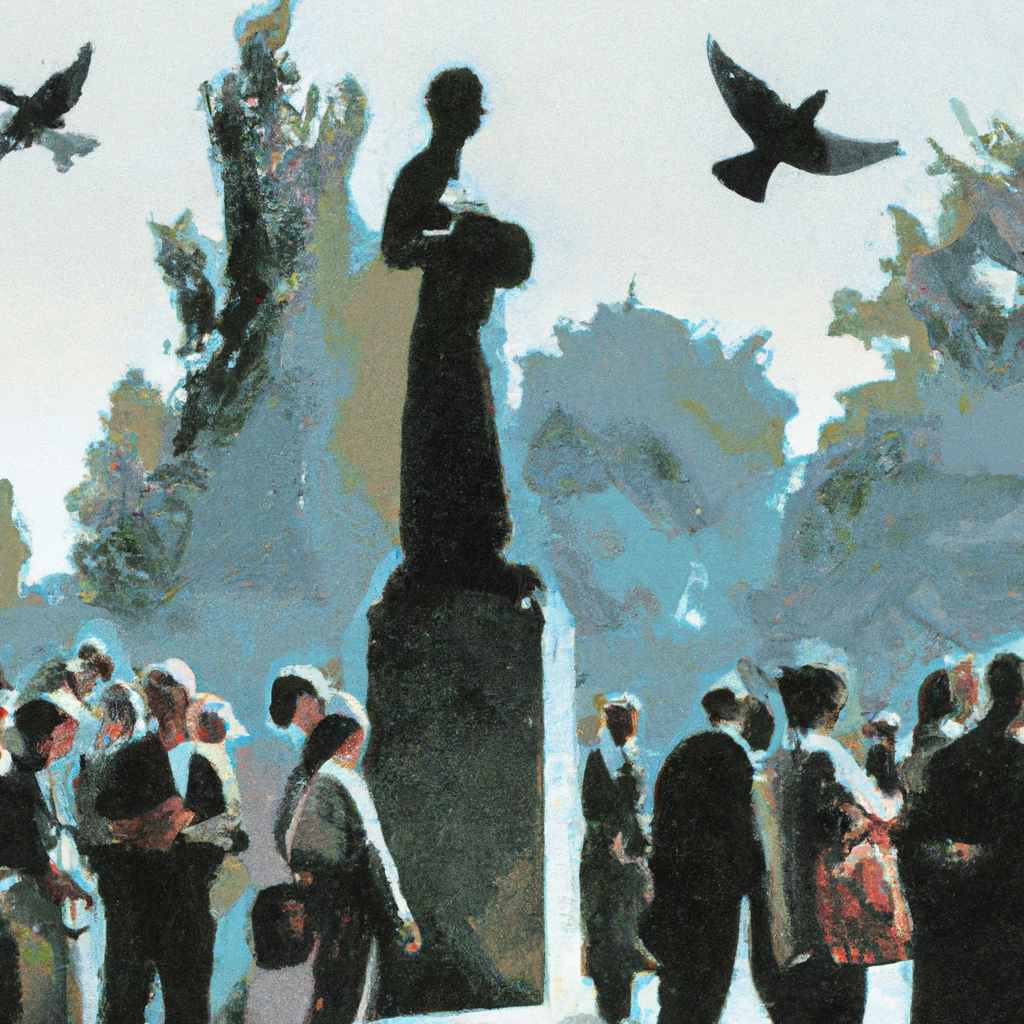Illustrating Wildlife and Conservation: Inspiring Environmental Stewardship
Wildlife and conservation are two interconnected aspects that play a crucial role in maintaining the delicate balance of our planet’s ecosystems. As human activities continue to impact the natural world, it becomes increasingly important to raise awareness and inspire environmental stewardship. One powerful tool in achieving this is the art of illustrating wildlife. Through captivating visuals and storytelling, wildlife illustrations have the potential to educate, engage, and inspire individuals to take action for the preservation of our planet’s biodiversity.
The Power of Wildlife Illustrations
Wildlife illustrations have a unique ability to capture the beauty and intricacy of the natural world. By depicting various species in their natural habitats, these illustrations provide a window into the lives of animals that many people may never have the opportunity to witness firsthand. This visual representation not only sparks curiosity but also fosters a sense of connection and empathy towards wildlife.
Moreover, wildlife illustrations can serve as powerful educational tools. By incorporating accurate scientific information into their artwork, illustrators can convey important facts about different species, their behaviors, and their habitats. This combination of art and science creates a compelling narrative that can effectively communicate complex ecological concepts to a wide audience.
Illustrating Conservation Challenges
One of the key roles of wildlife illustrations is to shed light on the conservation challenges faced by various species and ecosystems. By highlighting the threats they face, such as habitat loss, climate change, and poaching, illustrators can raise awareness and inspire action.
For example, the work of artist and conservationist Robert Bateman has been instrumental in drawing attention to the plight of endangered species. His detailed and lifelike illustrations of animals such as tigers, elephants, and gorillas have not only captured the hearts of art enthusiasts but have also served as a call to action for conservation efforts.
Similarly, the “Silent Spring” series by artist Rachel Sussman brings attention to the impact of human activities on various ecosystems. Through her illustrations, Sussman highlights the effects of pollution, deforestation, and urbanization on the delicate balance of nature. Her work serves as a reminder of the urgent need for conservation and sustainable practices.
Illustrating Success Stories
While illustrating the challenges faced by wildlife is crucial, it is equally important to showcase success stories and conservation efforts. By highlighting positive outcomes and the impact of conservation initiatives, wildlife illustrations can inspire hope and motivate individuals to get involved.
One notable example is the work of artist and naturalist James Prosek. His illustrations of restored habitats and reintroduced species celebrate the success of conservation projects. By depicting the return of once-endangered species to their natural habitats, Prosek’s artwork serves as a testament to the power of collective action and the positive impact it can have on wildlife populations.
Another inspiring example is the “Birds of America” series by John James Audubon. Audubon’s detailed illustrations of North American birds not only showcased the beauty of these species but also played a significant role in raising awareness about the need for bird conservation. His work contributed to the establishment of the Audubon Society, a renowned organization dedicated to the protection of birds and their habitats.
Engaging the Next Generation
One of the most important aspects of wildlife illustration is its ability to engage and inspire the next generation of environmental stewards. By captivating young minds with visually appealing and informative artwork, illustrators can instill a sense of wonder and curiosity about the natural world.
For instance, the “Wild Kratts” television series combines animation and live-action footage to introduce children to various animal species and their unique characteristics. By incorporating wildlife illustrations into the show, the creators not only entertain but also educate young viewers about the importance of conservation and the need to protect wildlife.
Similarly, the “Drawn to Wildlife” program, developed by the National Wildlife Federation, encourages children to create their own wildlife illustrations. By providing resources and guidance, the program fosters creativity and a deeper understanding of the natural world. Through this hands-on approach, children develop a personal connection with wildlife and are more likely to become advocates for conservation in the future.
Conclusion
Wildlife illustrations have the power to inspire environmental stewardship by capturing the beauty of the natural world, educating about conservation challenges, showcasing success stories, and engaging the next generation. Through their art, illustrators can raise awareness, foster empathy, and motivate individuals to take action for the preservation of our planet’s biodiversity.
As we continue to face pressing environmental issues, it is crucial to harness the potential of wildlife illustrations to inspire positive change. By appreciating and supporting the work of wildlife illustrators, we can contribute to a future where humans and wildlife coexist harmoniously, ensuring the long-term survival of our planet’s diverse ecosystems.
